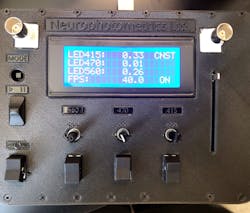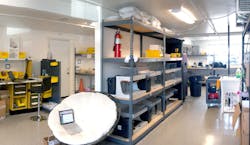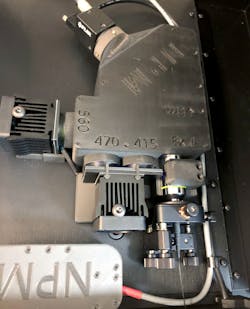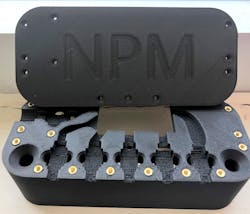Using AM Technology to Disrupt the Scientific Hardware Industry
The Challenge
The scientific hardware industry has long been an expensive one to participate in, leading to costly, outdated equipment. Neurophotometrics, based in California, designed a device that uses optical tools to record brain activity from a freely moving animal. Sage Aronson, CEO and Founder of Neurophotometrics, wanted to ensure his device could be entirely customizable and accessible for scientists around the world, but this was not an option with traditional manufacturing methods. “Our longer term goal is to disrupt the scientific hardware industry,” says Aronson.
Looking Ahead
Neurophotometrics currently has its devices in several companies around the world. The team has become more versatile and has shipped its product across 10 countries, including the United States, Canada, Germany, South Korea, and Australia, and have recently introduced their first Japanese distributor. Aronson expects to add several more Markforged printers to his print farm to keep up with growing demand, and says Markforged will continue to play a central part in his business.
About the Author
Markforged, Inc.
Markforged started with a vision: Empower manufacturers and engineers to create strong, real working parts in a day instead of weeks or months, with tough breakthrough materials for demanding jobs. Our goal is to remove the multiple barriers between design and a final product: we are overturning not only the 3D printing industry but also traditional manufacturing methods giving our customers unprecedented cost, time and efficiency savings.



